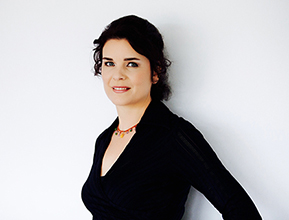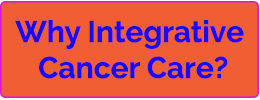“Precaution, whether or not described as a formal principle, has served mankind well in the past and the history of public health instructs us to keep the spirit of precaution alive and well.”
-John Graham, 2002
What is the precautionary principle?
The precautionary principle is about preventing harm from the beginning instead of managing it  afterward and may require preventive or corrective action to reduce or eliminate that risk of harm.
afterward and may require preventive or corrective action to reduce or eliminate that risk of harm.
“When an activity raises threats of harm to human health or the environment, precautionary measures should be taken even if some cause and effect relationships are not fully established scientifically. In this context the proponent of an activity, rather than the public, should bear the burden of proof. The process of applying the precautionary principle must be open, informed and democratic and must include potentially affected parties. It must also involve an examination of the full range of alternatives, including no action.”
– Wingspread Statement on the Precautionary Principle, Jan. 1998
Why is a precautionary approach important?
“Sometimes if we wait for certainty it is too late. Scientific standards for demonstrating cause and effect are very high. For example, smoking was strongly suspected of causing lung cancer long before the link was demonstrated conclusively. By then, many smokers had died of lung cancer. But many other people had already quit smoking because of the growing evidence that smoking was linked to lung cancer. These people were wisely exercising precaution despite some scientific uncertainty.
When evidence gives us good reason to believe that an activity, technology, or substance may be harmful, we should act to prevent harm. If we always wait for scientific certainty, people may suffer and die and the natural world may suffer irreversible damage.
The precautionary principle is most powerful when it serves as a guide to making wiser decisions in the face of uncertainty. Any action that contributes to preventing harm to humans and the environment, learning more about the consequences of actions, and acting appropriately is precautionary.”
-Science & Environmental Health Network
Why do we need the precautionary principle now?
Organizations such as the Science & Environmental Health Network refer to the effects of careless and harmful activities that have accumulated over the years. People, wildlife, climates, and ecosystems offer evidence linking environmental contamination with illness and destruction. As Commonweal explains, “The precautionary principle is a tool for making better health and environmental decisions.”
Why is it important for everyone to understand the precautionary principle?
Precaution is foresight. The precautionary principle is about being careful and better safe than sorry. People affected by cancer need to understand aspects of the environment associated with harm. For example, many items in the marketplace are unsafe. Until voices are louder and comprehensive action occurs at the proper levels to impact change, there is an ongoing risk with the potential for harm. Everyone needs to learn about the causes of toxicity in their environment. No assumptions can be made that we are protected. People must be both educated and diligent to protect themselves against harm.
For More Information





